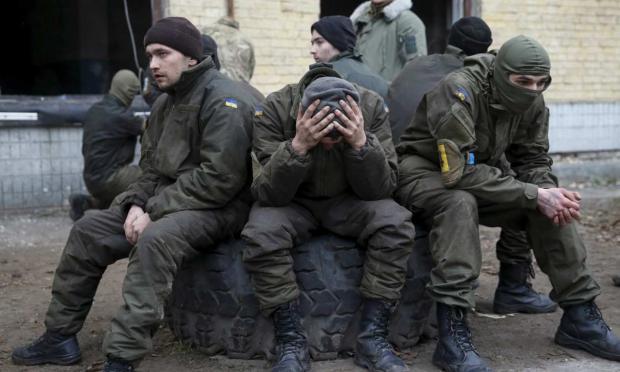The Russian president in a shift in his rhetoric, apparently believing that the war in Ukraine is coming to an end, is moving to the EU and the US after the presidential elections for a new world system.
The Russian president said that "Moscow is ready to cooperate with all willing countries to ensure fair rights for all peoples of the world."
This is clearly a message to all countries, especially in Europe, which see the impossibility of a Ukrainian victory on the battlefield, something that radically changes the geopolitical map of our region.
On the occasion of the Bulgarian President's refusal to send TOMAs to Ukraine to scrap Russian FAB bombs, the sending of artillery shells by Greece, the refusal of Hungary, and the growing climate of refusal to participate in the massacre in Ukraine, Putin is seeking to break the front that the United States had put together against him after 22 February.
At the same time, he is calling for a strengthening of the Russia-China-Iran-Turkey axis, possibly ( although the Turks are now moving independently), in order to change the sanctions regime in his country.
Who and especially how many will join him is still unknown
Confession of defeat in Eastern Ukraine by Washington Post
The failure of the Ukrainian "counter-offensive" was determined by miscalculations and disagreements between Kiev and the United States, writes the Washington Post.
As the paper points out, Washington miscalculated the extent to which Ukrainian troops could be transformed into a Western-style fighting force in a short period of time.
Moreover, U.S. and Ukrainian officials have at times disagreed sharply over strategy, tactics, and timing.
So the Pentagon wanted the attack to start in mid-April to prevent Russia from strengthening its position.
But the Ukrainians were reluctant, arguing that they were not ready without additional weapons and training.
The U.S. military was confident that a mechanized frontal assault on Russian positions was possible with the troops and weapons Ukraine had.
At the same time, an attack simulation had previously shown that Ukrainian forces could reach the Sea of Azov in 60-90 days at best, but the Ukrainians did not attempt it because of heavy losses.
The United States also advocated a focused attack to the south, but the Ukrainian leadership believed that its troops should attack three separate sections of the front nearly 1,000 kilometers long:
South towards Melitopolis and Berdyansk and east towards Artiomovsk (Bakhmut).
Also, many in Ukraine and the West underestimated Russia's ability to recover from battlefield setbacks and play to its strengths, the article said.
"Why the counter-offensive did not go according to plan" - the authors of the article, based on interviews with Ukrainian and American officials, as well as officers and soldiers on the front line, understand the reasons for the failure, trying to restore the truth.
Planned start of the counter-offensive: the 47th Brigade advances 14 kilometres to Rabbotino in 24 hours on 7 June to liberate Melitopol and cut off Russian custody.
Everything "did not go according to plan": dense minefields, constant bombing, heavy losses of soldiers and equipment.
The 4th day shocked and undermined morale: many burnt Bradley infantry fighting vehicles and Leopard tanks, huge losses of personnel.
Zaluzny gave the order to halt the attack to preserve the remaining weapons.
A massive, mechanized attack with artillery support (as advised by the Americans) but Zaluzny switched to small groups of 10 soldiers who went on foot.
He decided that this method would save equipment and lives, although it would be slower.Initially the Ukrainians wanted to reach the Sea of Azov in 2-3 months.
Instead of crossing 14 km on the first day, during the 6 months from June, the Ukrainians advanced about 19 km and liberated many villages.
70% of the 47th Brigade, which was supposed to launch a counterattack and was equipped with Western equipment, had no combat experience.
Ukraine advanced only 518 square kilometers at a cost of thousands of casualties and billions of dollars in aid in 2023 alone.
The Americans urged to concentrate forces at a key point in the Zaporizhzhya region afterwards and the Ukrainian plan included a 3-way attack on the Russians.
The commander of US forces in Europe was unable to contact Zaluzhny for several weeks early in the campaign amid tensions over differing views on battlefield decisions.
Each side blamed the other for mistakes and miscalculations, and in the end came utter failure.
The Russians waited for the Ukrainian offensive patiently, pouring in thousands of men and heavy weapons, with the aim of completely crushing the Ukrainians' ability to take the initiative.
Now that they have succeeded, and having transferred thousands of men as a reserve, they are preparing to sweep everything, unless the Ukrainians sit down at the negotiating table, initially for an unconditional surrender, the rest we will see in the media.



